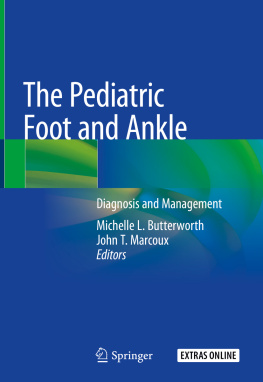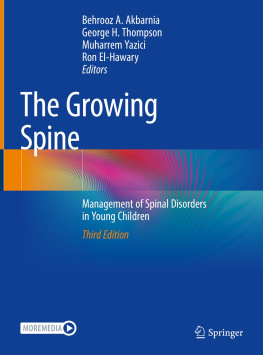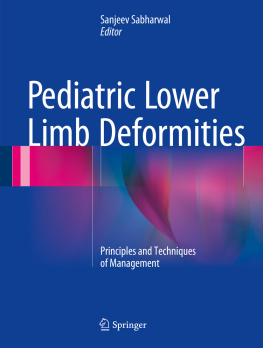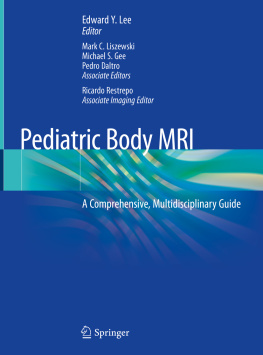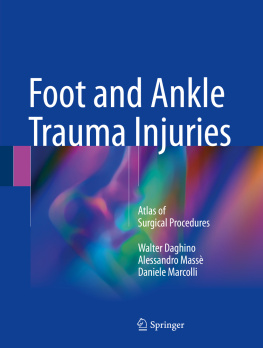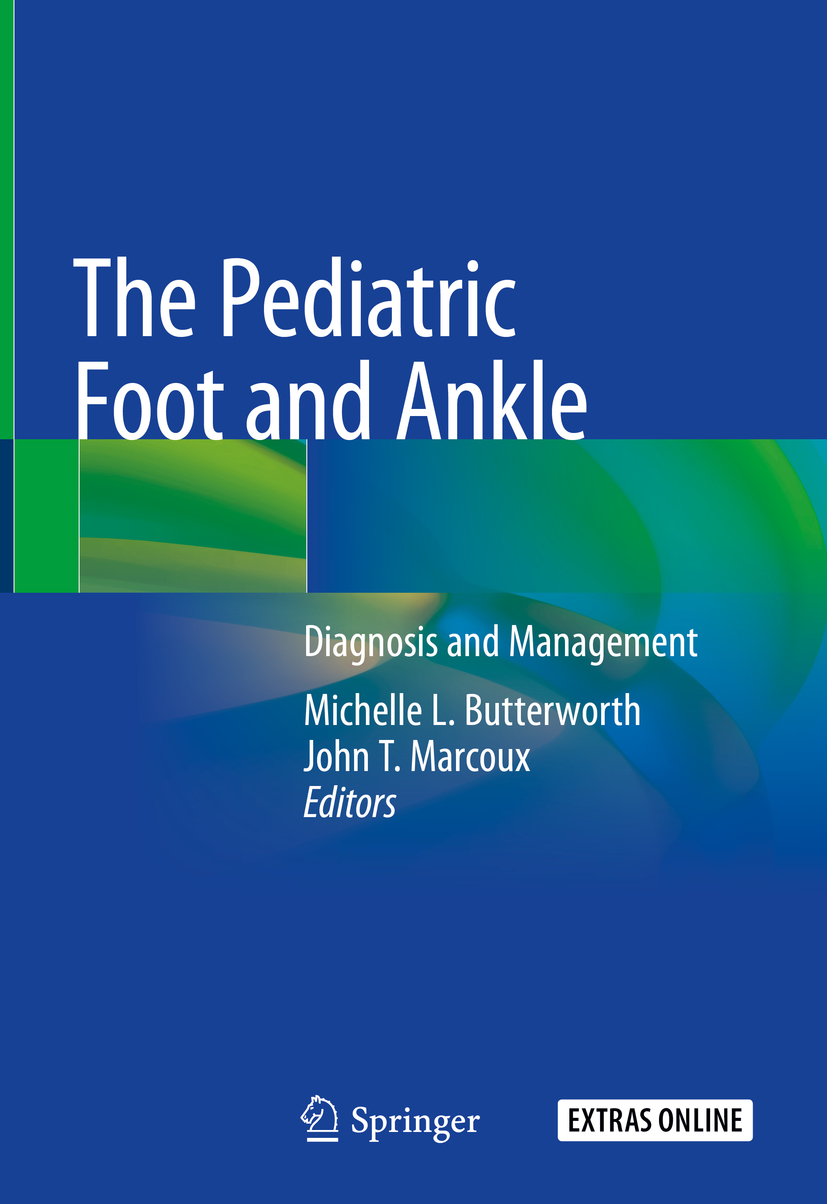There are few accomplishments more satisfying for a foot and ankle surgeon than achieving a successful, long-term correction of a disabling and/or painful deformity in a child or adolescents lower extremity.
Podopediatrics is a growing area of most foot and ankle surgeons practices. The importance of addressing deformities early in their development has long been recognized for more severe lower limb, ankle, and foot deformities but now is being more fully explored, identified, and treated in many mild-to-moderate conditions. Surgery in the child or adolescent patient is much more than just surgery on a small adult. The surgeries are often done on a growing lower extremity and foot and require careful planning with considerable attention to detail to achieve a lasting, good, long-term outcome. The timing of the surgery must often be deliberated and can affect the final result. Additionally, if present, neuromuscular disease can affect the treatment options and should be considered. The goal of surgery in the pediatric patient population often cannot entirely resolve a gait abnormality, neuromuscular disease, or pedal condition but should strive for lasting improvement in the quality of life for the juvenile patient.
The editors of this textbook have gathered together an outstanding, accomplished, and experienced group of surgeons who regularly perform foot and ankle surgery in the pediatric patient population. Among these authors are leading surgeons, traumatologists, professors, researchers, and most importantly parents. They clearly understand the trepidation of any parents electing to proceed with foot and ankle surgery on their child. Many of these authors have also given their time to medical mission trips to foreign countries, where surgery on the pediatric and adolescent foot and ankle are among the most common procedures performed.
This textbook has been carefully laid out to highlight the more common procedures done for this juvenile patient population. However, children are like snowflakes, and no two congenital abnormalities or pediatric traumas are identical, further highlighting the criticality of proper patient and procedural selection. Therefore, this textbook is best used as a foundation for improving ones knowledge base in this continuously evolving and changing area of foot and ankle surgery. The editors and authors of this fine textbook have certainly achieved this goal and have successfully completed their mission.
Michael S. Downey
Preface
It is with great excitement that we present this textbook on the pediatric foot and ankle. We are extremely grateful for our teachers and mentors throughout our education, training, and careers. Without them, we would not have our passion for teaching and our thirst for knowledge to share with students, residents, and our fellow colleagues. It is because of our great educators and role models that we had the ambition and chose to embark on this great endeavor so that we can pay it forward to our profession.
We were very fortunate to have completed a 4-year surgical residency specializing in reconstructive surgery of the foot, ankle, and leg. One aspect of training that our residency initially lacked, however, was the evaluation and management of pediatric foot and ankle deformities. Then, with a stroke of luck and good fortune and a lot of efforts by our attendings, especially Dr. Kieran Mahan, we gained privileges at the Temple Childrens Hospital in Philadelphia, PA, and our eyes were opened to a whole new realm of medicine. This amazing opportunity helped us broaden our skills and become well-rounded physicians and surgeons, encompassing all aspects of foot and ankle care.
The pediatric population is a very special patient group, and we have found them to be some of the most rewarding. When these patients endure surgery, it is usually because of significant deformity and/or trauma. And although most of these patients are a true pleasure to treat, their deformities and pathology can be quite challenging. Their physiology and psychology are very different from the adult; therefore, they have to be treated differently than the adult. We do, however, have to deal with adults, as parents and chaperones of these patients, so the problem as a whole can be very complex. It takes a very patient and understanding physician to encompass the entire family, address their concerns, and gain their trust in treating their beloved child. But once that trust is achieved, an incredible relationship is created.
The goal of this textbook is to be all encompassing including normal anatomy and development and evaluation and management of most pediatric foot and ankle entities. The chapters include clinical and radiographic evaluation and treatment options, both conservative and surgical. The most common pediatric problems from digital deformities, neurological abnormalities, clubfoot, flatfoot, sports medicine, and trauma have been included.

